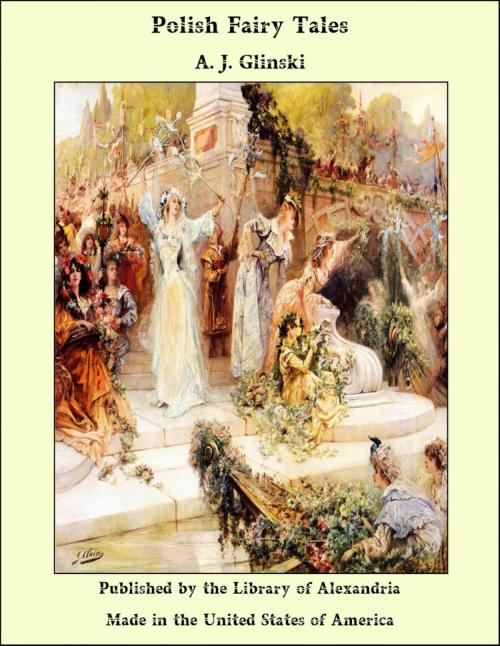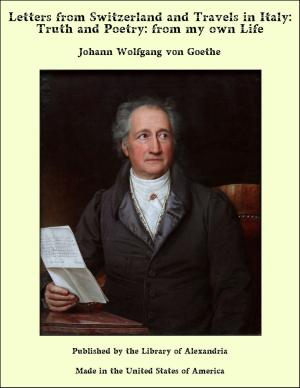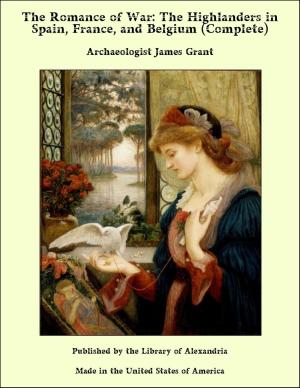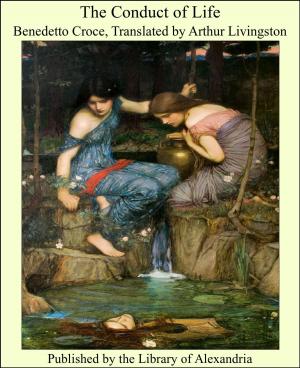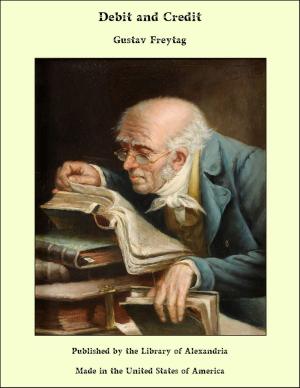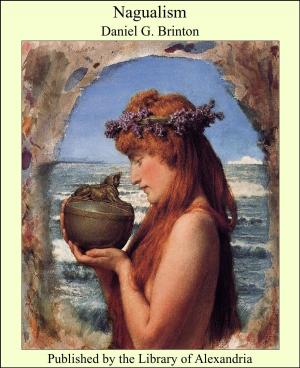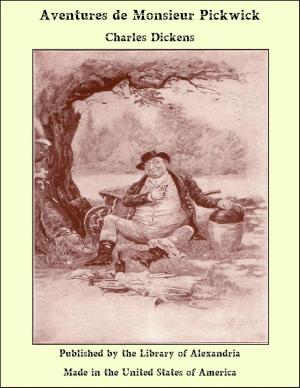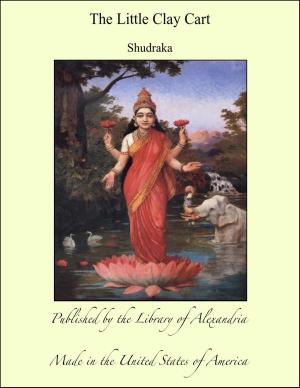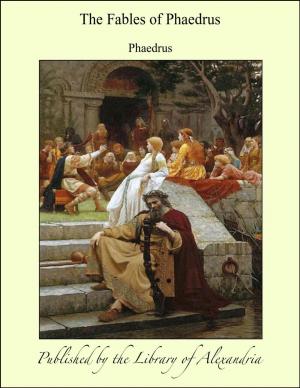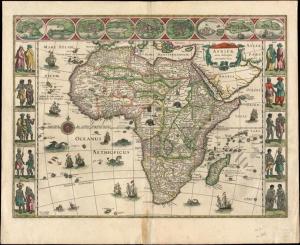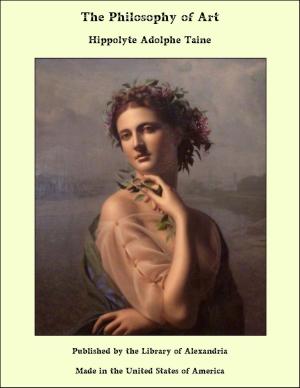| Author: | A. J. Glinski | ISBN: | 9781465590992 |
| Publisher: | Library of Alexandria | Publication: | March 8, 2015 |
| Imprint: | Language: | English |
| Author: | A. J. Glinski |
| ISBN: | 9781465590992 |
| Publisher: | Library of Alexandria |
| Publication: | March 8, 2015 |
| Imprint: | |
| Language: | English |
These are selections from a large collection made by A. J. Glinski, printed at Wilna in 1862. These fairy tales come from a far past and may even date from primitive Aryan times. They represent the folklore current among the peasantry of the Eastern provinces of Poland, and also in those provinces usually known as White Russia. They were set down by Glinski just as they were related to him by the peasants. In the translation it was of course necessary to shorten them considerably; the continual repetition—however quaint and fascinating in the original—cannot easily be reproduced. Portions, too, are often told in rhyme, or in a species of rhyming prose that we associate with the ancient ballad. The obvious likenesses between these and the folklore of Germany, the Celtic nations, or to the Indian fairy-tales, will strike every reader.
These are selections from a large collection made by A. J. Glinski, printed at Wilna in 1862. These fairy tales come from a far past and may even date from primitive Aryan times. They represent the folklore current among the peasantry of the Eastern provinces of Poland, and also in those provinces usually known as White Russia. They were set down by Glinski just as they were related to him by the peasants. In the translation it was of course necessary to shorten them considerably; the continual repetition—however quaint and fascinating in the original—cannot easily be reproduced. Portions, too, are often told in rhyme, or in a species of rhyming prose that we associate with the ancient ballad. The obvious likenesses between these and the folklore of Germany, the Celtic nations, or to the Indian fairy-tales, will strike every reader.
